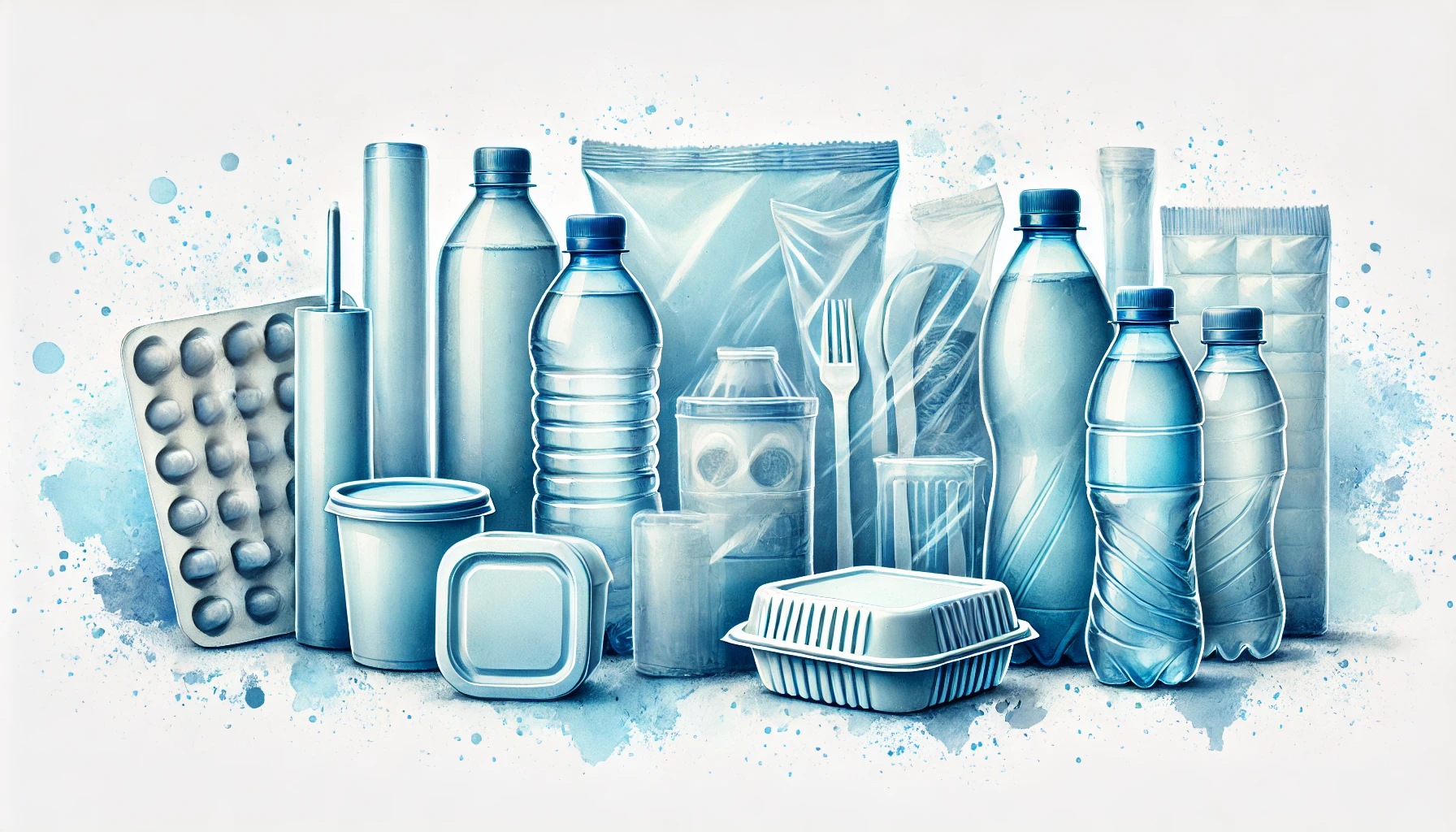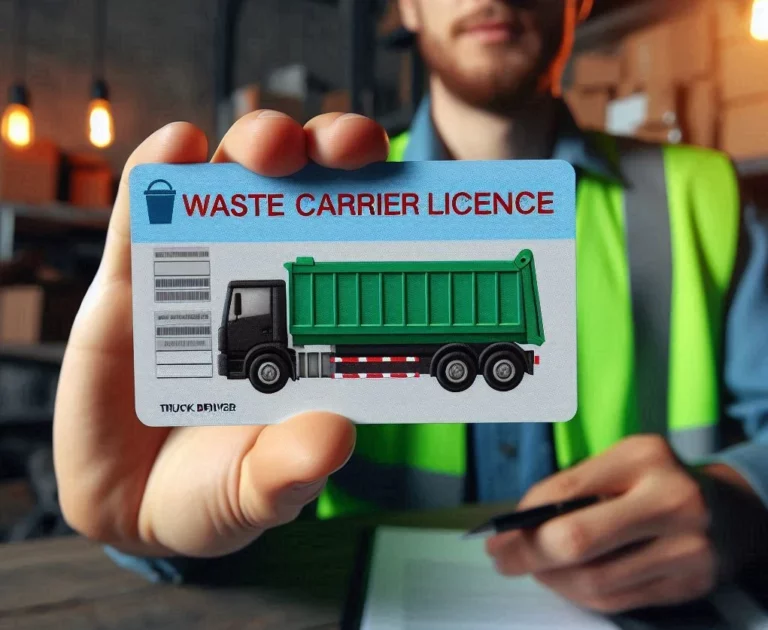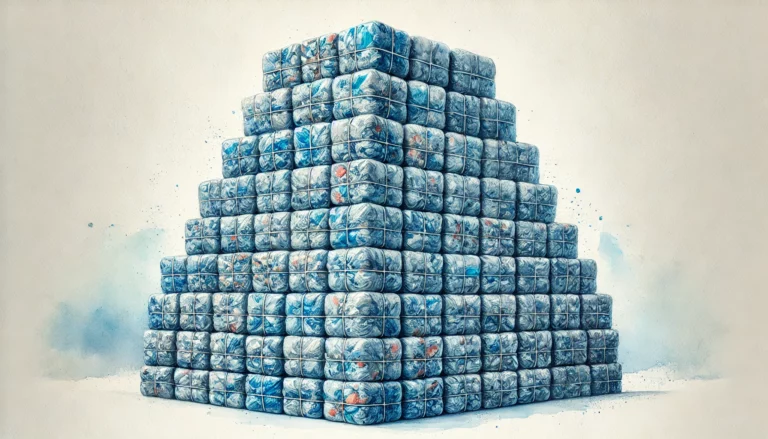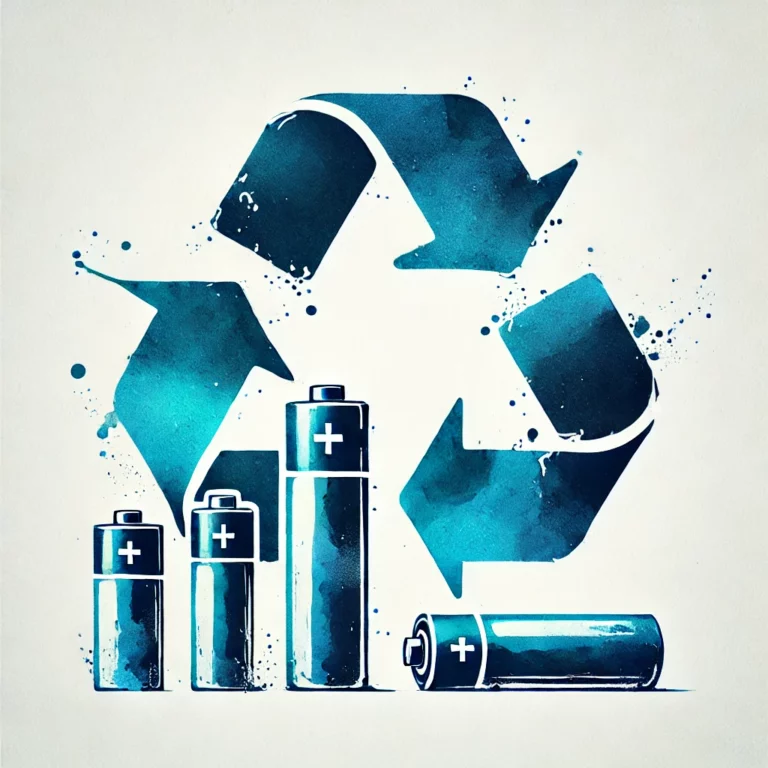Beyond the bin: plastic packaging waste codes and recycling risks
Plastic is everywhere—but one wrong waste code can send your recyclables to incineration, trigger border rejections, or rack up regulatory fines. Understanding plastic packaging waste codes isn’t just smart—it’s essential to protect value, ensure compliance, and avoid costly mistakes.
Plastic surrounds us. It wraps our groceries, cushions our deliveries, and protects industrial goods. In the EU, packaging accounts for over 42% of plastic waste as stated in the “Global Plastics Outlook: Economic drivers, environmental impacts and policy options” report published in 2022 by OECD as a result of extensive research. But it’s a figure that regulators are no longer willing to tolerate. With the Packaging and Packaging Waste Regulation (PPWR) tightening the rules, and the Basel Convention and Waste Shipment Regulation (WSR) elevating cross-border scrutiny, the message is clear: proper classification of plastic packaging waste codes isn’t optional—it’s critical.
For businesses, mismanaging this classification can be the difference between costly penalties and resource recovery. Recyclable loads wrongly coded as hazardous may be incinerated. Valuable materials labeled incorrectly may be rejected at borders. The result? Financial loss, legal headaches, and reputational damage.
Decoding the chaos: what those plastic codes really mean
Although this article focuses on plastic packaging waste codes, it’s crucial to understand that packaging is just one fraction of the larger plastic waste universe. From agriculture films and automotive parts to construction residues and chemical processing scraps—plastics arise across every industry, and so do their regulatory codes.
These codes aren’t just bureaucratic checkboxes—they’re strategic levers. Each one determines how waste is handled, stored, transported, and recycled—or if it’s even allowed to cross a border.
To help you see the full compliance landscape, we’ve broken down the key classifications into two tables:
WSR (Waste Shipment Regulation / EWC)
Six-digit codes commonly used within the EU for identification.
| WSR/EWC CODE | DESCRIPTION | TYPICAL SOURCES | RECYCLABILITY & HANDLING |
|---|---|---|---|
| 02 01 04 | Waste plastic from agriculture and horticulture | Greenhouses, mulch films | Often LDPE—may be soiled, needs cleaning |
| 07 02 13 | Plastic waste from organic chemical processes | Chemical production, lab plastics | Possibly contaminated—check for hazards |
| 12 01 05 | Plastic shavings and turnings | Industrial machining and tooling | Clean, recyclable if mono-material |
| 15 01 02 | Plastic packaging | Bottles, trays, shrink wrap | High recycling value—standard packaging |
| 16 01 19 | Plastic parts from end-of-life vehicles | Bumpers, dashboards, interior panels | Often multi-material—sorting required |
| 17 02 03 | Plastic waste from construction and demolition | Insulation, piping, cladding | May contain contaminants or mixed plastics |
| 19 12 04 | Plastic residues from mechanical waste treatment | Sorting plants, MRFs | Typically mixed—often low recyclability |
| 20 01 39 | Plastics from municipal separate collections | Household containers, toys | Variable quality and contamination |
We turn compliance into a predictable process. Less friction, fewer fines, faster throughput.
– One partner for waste, documents, and trucks
– EU-wide coverage; multi-language support
– Proven workflows for recyclers and brokers
Contact us:
Basel Convention
Shipment control codes—the backbone of transboundary waste compliance.
| BASEL CODE | DESCRIPTION | APPLICABILITY | CONTROL PROCEDURES |
|---|---|---|---|
| AC300 | Hazardous plastic waste within EU/OECD | Replaces A3210 within EU | Requires prior consent and notification |
| A3210 | Hazardous plastics for non-OECD movements | Outside OECD cross-border shipments | Full Basel controls, requires prior consent and notification |
| B3011 | Clean, recyclable, non-hazardous plastics (green-listed) | Global shipments, incl. non-OECD where allowed | No prior consent if meets criteria |
| Y48 | Contaminated or mixed non-hazardous plastic waste | Basel-listed plastic waste—non-green | Prohibited to non-OECD; consent otherwise |
| EU48 | Same as Y48 but for intra-EU shipments | EU internal waste movements | Requires consent and notification |
| EU3011 | Clean plastic waste within the EU (matches B3011) | Intra-EU, green-listed | No notification if conditions are met |
Why the distinction matters
Grasping the difference between EWC/WSR codes and Basel shipment codes is more than administrative housekeeping:
- WSR (EWC) codes are used to identify waste by its origin and material. They’re essential for local sorting, waste tracking, and internal EU documentation.
- Basel codes determine the level of scrutiny required for shipment, especially for cross-border movements.
- A shipment labeled EU3011 may move freely within the EU.
- That same shipment, if mislabeled or slightly contaminated, could be reclassified under EU48 or Y48, triggering consent procedures—or bans.
- Misclassification can lead to:
- Border delays or outright rejection.
- Legal non-compliance under Basel Convention rules.
- Economic loss due to rejected recyclables or higher disposal costs.
- Environmental risk if material is incinerated instead of recycled.
In essence, getting the code right is getting the outcome right. For packaging—and every other kind of plastic—the code you choose charts the material’s fate.
Properties that pack a punch: when plastics get risky
Classification doesn’t stop at origin. Hazardous versus non-hazardous status, dictated by chemical additives or contamination, drives handling rules. For example:
- Hazardous plastic waste (e.g., containing brominated flame retardants) demands ADR-compliant packaging, labeling, and manifests.
- Non-hazardous waste, when stored in poorly ventilated areas, can still pose fire risks, especially during hot months.
Storage must be sheltered from the elements and allow for safe air circulation. Certain plastics degrade under UV exposure, releasing volatile organic compounds (VOCs) or losing recycling value.
Failing to account for these properties compromises worker safety, fire codes, and waste value. And when it comes to recycling or recovery—such as turning HDPE crates into new products—clean, correctly classified feedstock is everything.
Missteps that cost more than money
It’s not just about being “off by a code”. Common errors include:
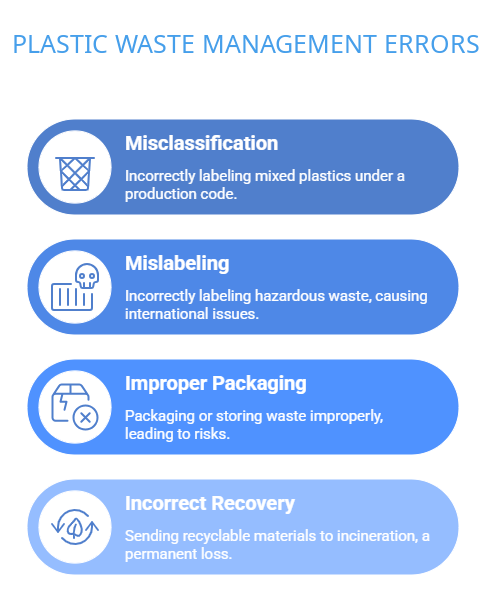
Each mistake carries economic, legal, and environmental costs. For instance, a misdeclared Y48 shipment seized under Basel rules could result in forced repatriation at the generator’s expense, not to mention reputational harm.
We fix the errors that stall trucks and tarnish reputations.
Don’t gamble on compliance—hand it to specialists. Contact us today:
Future-proofing waste: why expert help isn’t optional
The PPWR’s new rules demand greater recycled content, better material separation, and clear traceability. This raises the bar for compliance across every stage of packaging and disposal.
Meanwhile, the Basel Convention and WSR are enforcing stricter checks on cross-border shipments. Authorities are particularly targeting “green-listed” exports that hide mixed or contaminated waste under vague labels.
In this environment, guessing is expensive. That’s why businesses are turning to specialists like Waste Transport Solutions, who combine regulatory expertise with logistical know-how. From on-site audits to code verification and compliant transport, the right partner doesn’t just move your waste—they protect your brand and your bottom line.
Don’t gamble with plastic waste
Plastic packaging waste codes aren’t paperwork—they’re the keys to legal, safe, and profitable recycling. One wrong label can cost thousands. One right decision can unlock circular value. This is a roulette you don’t want to place your bets on—because in compliance, the house always wins. The only way to stay in the game is to play smarter, not riskier. With the right guidance, you’re not just rolling the dice—you’re stacking them in your favor. And that’s exactly where we can help.
Contact Waste Transport Solutions through office@wastetransportsolutions.eu —and turn waste code compliance into a competitive advantage.

